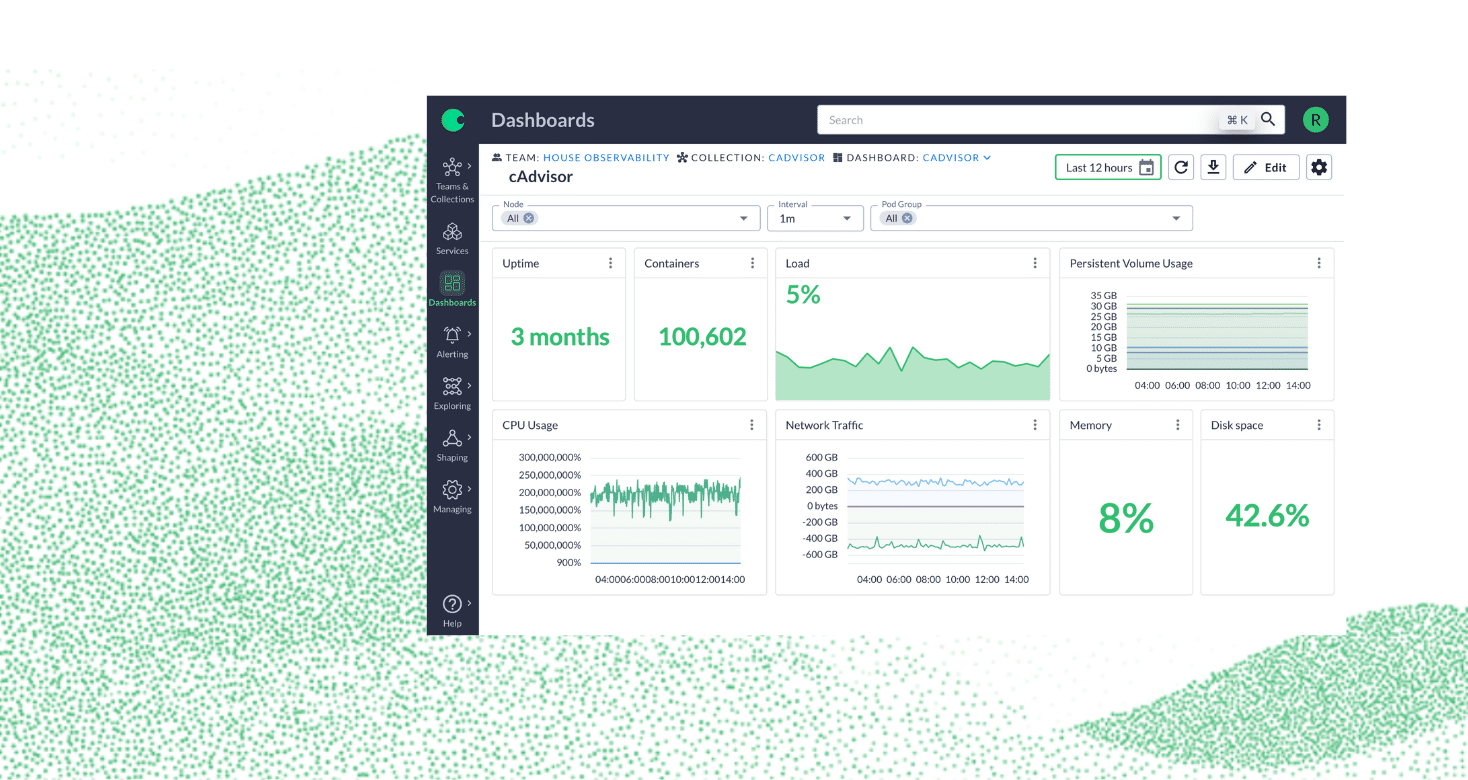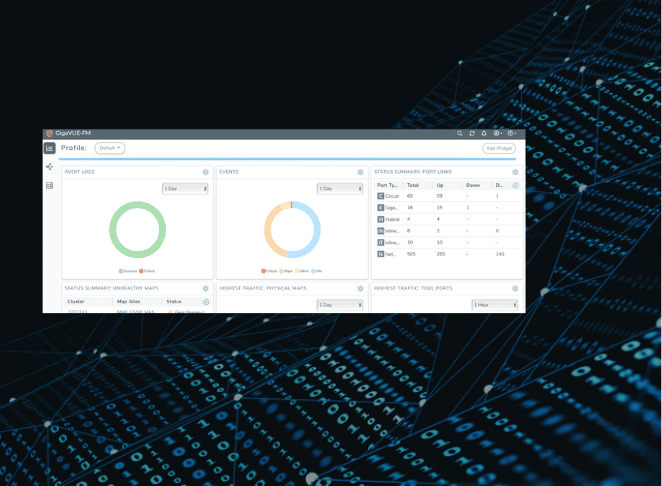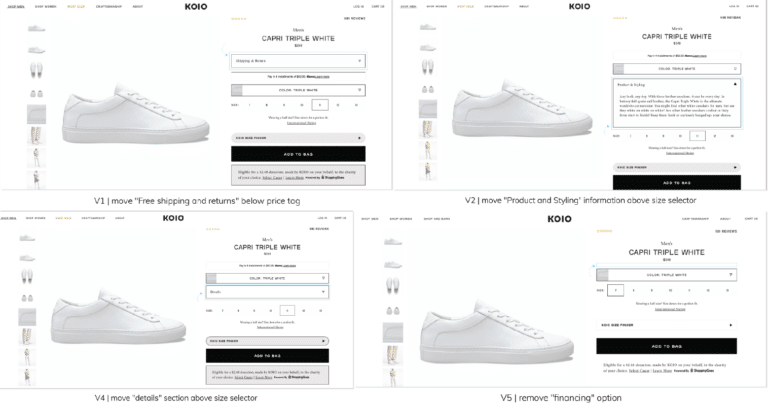B2D vs B2B and B2C
Let’s start with the basics. Developer marketing—also known as business-to-developer (B2D) marketing—focuses on building awareness, adoption, and advocacy for tech tools and solutions like SaaS platforms. The target is developers, a unique audience with specific pain points and expectations. Traditional marketing tactics that work in B2B or B2C don’t land the same way with developers. Instead of the hard sell, B2D marketing is all about solving problems and educating developers on how your product can make their work easier.
Developers trust their peers and communities. Successful developer marketing strategies often lean heavily into community engagement and word-of-mouth validation. While there are similarities with B2B marketing—like the importance of strong product support—B2D is its own distinct approach because of the technical nature of the audience. If you’re marketing to developers, you need to be focused on usefulness over hype.
Developers trust their peers and communities. Successful developer marketing strategies often lean heavily into community engagement and word-of-mouth validation. While there are similarities with B2B marketing—like the importance of strong product support—B2D is its own distinct approach because of the technical nature of the audience. If you’re marketing to developers, you need to be focused on usefulness over hype.
Marketing to Developers in B2B Tech
Not all developer marketing is targeted specifically towards the developers themselves. Contrary to precedent, developers have become key decision makers when it comes to what tech gets purchased in their companies. IT spending on enterprise software is predicted to hit $755 billion this year, and research shows that 57% of developers have a strong influence over that hefty spending power. That’s huge! You can’t afford to let developers slip past your B2B campaigns.
Identifying and Understanding Your Audience
The first step in any successful developer marketing campaign is to get familiar with exactly who you're talking to. Developers aren't a one-size-fits-all audience. There are various subgroups, each with its own preferences, pain points, and needs.
Here’s a breakdown of the main types of developers:
Here’s a breakdown of the main types of developers:
•
Backend Developers: These developers work on the server side of applications, handling databases, APIs, and server logic. They care most about scalability, security, and performance. When marketing to backend developers, focus on how your tools can improve backend infrastructure, optimize databases, or boost server performance.
•
Frontend Developers: Working on the client side, frontend developers focus on user interfaces and experiences. They care about frameworks like React or Vue.js and are constantly looking for tools that improve the user experience. For this audience, highlight features that streamline design-to-code workflows, increase UI/UX efficiency, or offer cross-browser compatibility.
•
Full-Stack Developers: These are the "jack-of-all-trades" developers, working on both the frontend and backend. They’re generalists, so when marketing to full-stack developers, showcase how your product can simplify workflows across both ends—how it integrates from server management to user interface design.
•
Mobile App Developers: Focused on creating apps for iOS, Android, or cross-platform frameworks like Flutter, mobile developers are interested in anything that can improve performance, reduce app size, or offer cross-device compatibility. When targeting this group, highlight SDKs, APIs, and tools that speed up development and optimize performance for mobile users.
•
DevOps Engineers: DevOps bridges the gap between software development and IT operations. These developers prioritize automation, deployment pipelines, and cloud infrastructure. Automation tools, CI/CD platforms, and cloud services that improve infrastructure management will catch their attention.
•
Data Scientists and AI/ML Engineers: This growing segment of developers focuses on creating models, analyzing large data sets, and developing machine learning algorithms. When marketing to them, emphasize your product's ability to handle big data, streamline model training, and improve overall efficiency in data processing.
•
Game Developers: These developers are often focused on performance, 3D engines, and immersive experiences. Marketing to game developers might mean showcasing how your tools can improve rendering speeds, offer better game engines, or enhance performance on various gaming platforms.
•
Security Developers: These developers are hyper-focused on securing code, identifying vulnerabilities, and protecting applications from threats. Marketing to them should focus on security features, encryption, and compliance tools that help them build more secure applications.
To tailor your messaging for any of these audiences, it helps to create detailed personas to follow for your entire campaign.
Curious to see how all this comes together? Here’s a buyer persona 97th Floor created with a customer journey that demonstrates how your target audience might act or make decisions.
Curious to see how all this comes together? Here’s a buyer persona 97th Floor created with a customer journey that demonstrates how your target audience might act or make decisions.

Pro tip: Get familiar with the programming languages your audience uses (Python, JavaScript, Swift, etc.), what type of projects they’re involved in (web, mobile, AI), and what challenges they face in their specific roles. This will help you further fine-tune your marketing strategy.


Amplifying Algorithmia's Demo Sign-Ups by 577%, while Cutting Costs by 42%
Leaning into focused persona-based targeting, 97th Floor recently boosted Algorithmia's demo sign-ups by 577%, while cutting costs by 42%. Check out the case study to read more.
Content for Developer Marketing
Developers are all about useful, problem-solving content. Focus on creating resources like tutorials, detailed documentation, and case studies that directly solve their challenges. Transparency is your secret ingredient; developers prefer content that gets straight to the point. When producing content, think beyond just benefits—developers want to understand the features and how your product works under the hood.
Especially for developer marketing, focus on quality over quantity This means creating fewer, but highly valuable, technical articles or guides that flesh out and solve developer’s problems.
Especially for developer marketing, focus on quality over quantity This means creating fewer, but highly valuable, technical articles or guides that flesh out and solve developer’s problems.
Leveraging Open-Source Projects and Tools
Offering open-source tools or code to developers shows transparency and invites them to contribute and engage with your product. Companies like Mozilla and Google have grown strong developer communities by offering open-source projects. Providing useful SDKs and libraries on GitHub encourages adoption and participation.
Remember, 52.6% more engagement is generated by interactive content (like open-source projects) compared to static content. Developers love the freedom to explore, experiment, and make things their own.
Remember, 52.6% more engagement is generated by interactive content (like open-source projects) compared to static content. Developers love the freedom to explore, experiment, and make things their own.
Engaging Through Developer Communities
Developers trust their peers and thrive in communities. Whether it’s on GitHub, Stack Overflow, or niche forums like Dev.to, get active in these spaces. But, don’t just drop in with promotional material—engage authentically by answering questions, participating in discussions, and offering real value. Building trust is the name of the game.
In addition to digital spaces, conferences and events are also great opportunities to get in front of and build relationships with developers. Consider attending or sponsoring specialized events.
In addition to digital spaces, conferences and events are also great opportunities to get in front of and build relationships with developers. Consider attending or sponsoring specialized events.


Chronosphere's OOH Ad Strategy that Boosted Site Traffic by 743% in Event Cities
With the help of 97th Floor, Chronosphere used creative event-based marketing to drive website traffic off the charts. Here’s the case study for more info.
SEO for Developer Marketing
SEO takes on a more technical edge when marketing to developers. While traditional SEO tactics—like keyword research and optimization—are still important, developers are often searching for highly specific, technical content. They’re looking for detailed answers to niche problems, so hone in on targeting long-tail keywords. Instead of broad terms like “API integration,” focus on phrases like “how to integrate X API with Y platform in Python.”
Developer-targeted SEO also involves code snippets and structured data. Developers often use search engines to pull up very specific pieces of code, so embedding schema markup or offering copy-paste snippets can boost your SERP position. Make sure your pages load quickly, are mobile-friendly, and don’t contain unnecessary fluff—developers will bounce fast if your site isn’t optimized for performance.
Another tip? Keep your content fresh. Developers are constantly working with fast-changing technologies, and nothing kills credibility faster than outdated info. Make sure your blog posts, tutorials, and even landing pages are updated regularly to reflect the latest tools and trends. For example, if you’ve written about integrating a particular API, check back when a new version drops and refresh your content. Google loves fresh content too, so this isn’t just about keeping developers happy—it also helps you stay competitive in search rankings.
Developer-targeted SEO also involves code snippets and structured data. Developers often use search engines to pull up very specific pieces of code, so embedding schema markup or offering copy-paste snippets can boost your SERP position. Make sure your pages load quickly, are mobile-friendly, and don’t contain unnecessary fluff—developers will bounce fast if your site isn’t optimized for performance.
Another tip? Keep your content fresh. Developers are constantly working with fast-changing technologies, and nothing kills credibility faster than outdated info. Make sure your blog posts, tutorials, and even landing pages are updated regularly to reflect the latest tools and trends. For example, if you’ve written about integrating a particular API, check back when a new version drops and refresh your content. Google loves fresh content too, so this isn’t just about keeping developers happy—it also helps you stay competitive in search rankings.


The holistic SEO approach that won Gigamon their #1 keyword
For an example of how this works in real life, check out this case study. Through highly specific developer-targeted SEO, 97th Floor recently helped Gigamon boost their organic traffic 50% YoY.
6 Common Pitfalls and How to Avoid Them
Here are a few of the most common challenges in developer marketing, and quick tips for how to avoid them:
1.
Overselling: Developers are wary of any hard sell. They want to know how your product/service works, not just why it’s great. Instead, focus on technical details and hands-on experiences, like demos and tutorials that show real value.
2.
Lacking Technical Depth: Developers love getting technical. If your content doesn’t go deep enough, it won’t feel relevant. Focus on creating detailed guides, technical case studies, and interactive resources that solve their challenges.
3.
Skipping Community Engagement: Developers rely heavily on their peers and communities for recommendations. Make sure you’re active in the appropriate developer platforms like GitHub or Stack Overflow, to avoid missing out on valuable engagement opportunities.
4.
Ignoring Transparency: Developers value honesty and transparency. Hiding your product’s limitations or being vague about performance issues will erode trust. Although it’s stressful to outline the cons of your product along with the pros, being upfront can actually build credibility.
5.
Neglecting Developer-Friendly Pricing: Developers often need to experiment with tools before committing, so restrictive pricing can be a dealbreaker. Offer flexible free trials, sandbox environments, or open-source versions to encourage them to explore without risk.
6.
Underestimating Documentation: Without clear, well-organized, detailed docs and instructions, even the best products can become frustrating to use. Make sure your documentation is easy to find, comprehensive, and updated regularly.












































